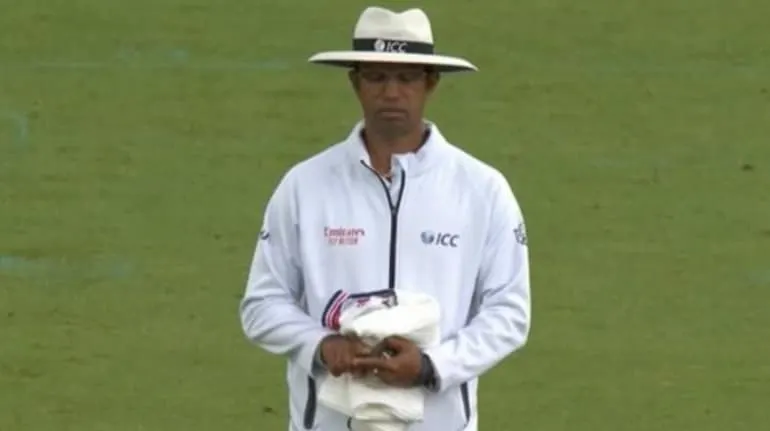
Day 1 of the Oval Test between England and India saw controversy when umpire Kumar Dharmasena appeared to indicate an inside edge during an LBW appeal against Sai Sudharsan in the 13th over. England had appealed vociferously, but Dharmasena not only shook his head to signal not out, he also raised his fingers subtly in a motion interpreted as suggesting bat involvement. The gesture led England to abandon a potential DRS review. Replays later confirmed the ball had indeed grazed the bat before striking the pad, vindicating the decision but sparking debate over whether an umpire’s non-verbal cues should influence a fielding side’s tactical call.
Former India coach Sanjay Bangar was quick to criticize the moment, calling the gesture “unacceptable in the DRS era.” He argued that umpires must allow players to make independent review decisions without hints, intentional or otherwise. According to Bangar, the job ends at giving the decision; anything beyond risks interfering with the system designed to correct errors objectively.
In contrast, Indian umpire Anil Chaudhary defended Dharmasena, suggesting the movement was likely an unconscious reflex born from years of officiating before DRS became standard. Chaudhary called it a “habitual instinct” rather than deliberate influence, noting that veteran officials sometimes revert to ingrained habits under pressure.
The moment reignited debate about how traditional umpiring conduct must evolve alongside technology. Under DRS protocols, officials are expected to avoid gestures that reveal reasoning behind a decision before the review window closes. Even if the call is correct, such signals can affect a team’s judgment and undermine the neutrality of the process.
In match context, Sudharsan survived the appeal and went on to score 38, providing valuable stability in a tough session for India. While the edge would have protected him on review anyway, England’s choice not to challenge the call placed extra scrutiny on Dharmasena’s subtle signal.
The incident highlighted the delicate balance between human instinct and technological oversight in modern cricket. As DRS continues to shape decision-making, umpires may face tighter guidelines to ensure neutrality extends beyond the verdict to every movement on the field.

